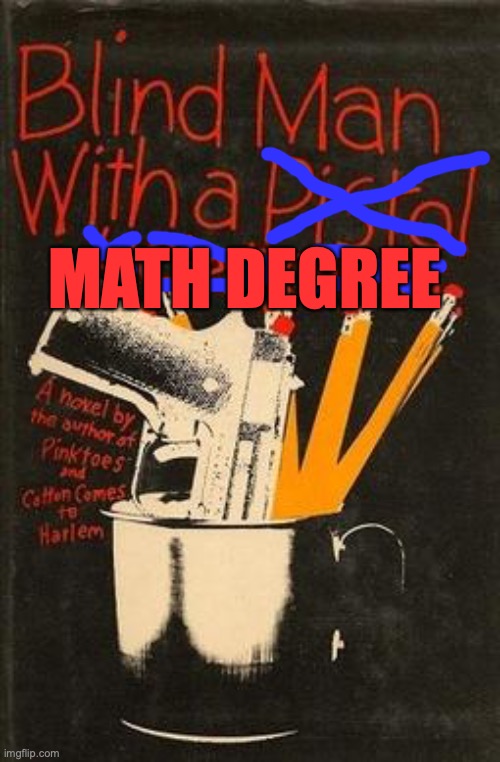 |
| Simon Green The Kendallabrum Yearbook |
Green was one of several STEM faculty with advanced training that were hired in fall 1954. He developed an especially good working relationship with two other new hires: William A. Rutledge and Manual Schwarz.
 |
| W. A. Rutledge The Kendallabrum Yearbook |
Rutledge had graduated from the University of Tennessee with a PhD in mathematics in 1950. He was supervised by J.Wallace Givens and wrote the dissertation "The Hurwitz Integral Quaternions as a Principal Ideal Domain." Earlier, in 1948, he wrote a masters thesis "Normality in Semigroups." Rutledge remained at the University of Tennessee for a few years and then taught at Alabama Polytechnic Institute (now Auburn University) before moving to Tulsa.
 |
| Manual Schwartz The Kendallabrum Yearbook |
Green found Tulsa to be a much more intellectually stimulating environment than Little Rock. He began writing a textbook in collaboration with other Tulsa professors and regularly participated in regional meetings. At those meetings, he presented original research projects, although none of them seem to have been turned into journal publications.
Green gave his first research presentation shortly after arriving in Tulsa. In October 1954, he participated in the October meeting of the Oklahoma Section of the MAA, which was held at Oklahoma City University. Green was the only TU faculty member to present a paper, and he spoke on "Series related to the Fourier coefficients." In his presentation, he showed how to use ideas related to Bessel's inequality to establish the convergence of some series constructed from the Fourier coefficients of a Lebesgue integrable function.
Green remained active in the MAA during his time in Tulsa. He returned to Oklahoma City University the next year, in October 1955, to give a talk on math education research done jointly with Schwartz. The talk "Classroom notes in elementary integral calculus" focused on how to present Riemann sums in a more sophisticated way so as to, for example, emphasize the flexibility with which one can subdivide an interval.
While they were in Tulsa, Green, Rutledge, and Schwartz began collaborating on a textbook on vector analysis. Some results of their collaboration were presented at the March 1956 meeting of the Oklahoma section of the MAA. The meeting took place at Tulsa University, and Green gave the talk "Vectorial analytic geometry" which presented some ideas on the use of vector algebra in a first course in analytic geometry. His talk was complemented by a talk Rutledge gave on "Elements of area in coordinate-transformation." Rutledge's talk discussed how the area element of a surface in 3-dimensional Euclidean space transforms under a change of coordinates.
 |
| Walter E. Stuermann The Kendallabrum Yearbook, 1956 |
Green's talk was on join work with Walter E. Stuermann. Like Green, Rutledge, and Green, Stuermann was a new arrival to Tulsa, but unlike them, he was trained as a philosopher. He had received his PhD from the University of Chicago on "A critical study of Calvin's concept of faith." However, he seems to have had a long-standing interest in Boolean algebra as he published two articles on the subject in the American Mathematical Monthly.
Green gave his last MAA talk in April 1958 at Central State College (now University of Central Oklahoma) in Edmond, Oklahoma. His talk "Certain nonaffine projective transformations in 4-space" described work related to his dissertation. However, he seems to have continued to do work on the subject while in Tulsa as the abstract described the work as work done jointly with Rutledge.
Overall, Green seems to have adjusted well to working at the University of Tulsa. In the summer of 1957, he was promoted to associate professor. However, he left the university the next year. In December 1958, the American Mathematical Monthly announced that both Simon Green and William A. Rutledge had been appointed as associate professors at the University of South Carolina. The next post will talk about Green's experience in South Carolina and beyond.
 |
| The University of South Carolina campus Garnet and Black Yearbook, 1959 |























